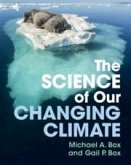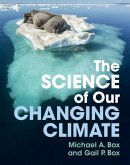Ähnliche Artikel

10,99 €
Sofort lieferbar
Broschiertes Buch
How Today's Technology Can Save Our Climate and Clean Our Air
2. Februar 2023
Cambridge University Press
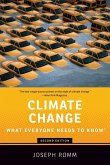
26,99 €
Versandfertig in 1-2 Wochen
Broschiertes Buch
What Everyone Needs to Know(r)
2. Auflage
1. Mai 2018
Oxford University Press, USA
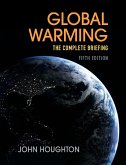

11,99 €
Sofort lieferbar
Broschiertes Buch
How We Got to Climate Change and Where to Go from Here
3. März 2020
Penguin Random House / Vintage
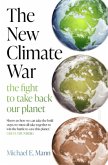
12,99 €
Sofort lieferbar
Broschiertes Buch
the fight to take back our planet
10. Februar 2021
Scribe Publications
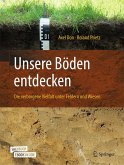
Broschiertes Buch
Februar 2020
Springer / Springer Berlin Heidelberg / Springer, Berlin
978-3-662-59727-9
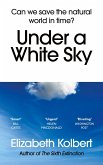
9,49 €
Sofort lieferbar
Broschiertes Buch
Can we save the natural world in time?
3. März 2022
Random House UK / Vintage
740914
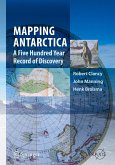
Gebundenes Buch
A Five Hundred Year Record of Discovery
2014
16. Dezember 2013
Springer / Springer Netherlands
978-94-007-4320-5
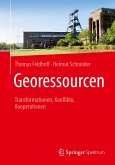
Broschiertes Buch
Transformationen, Konflikte, Kooperationen
1. Aufl. 2022
1. Dezember 2022
Springer Berlin Heidelberg / Springer Spektrum / Springer, Berlin
978-3-662-65746-1
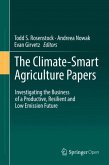
Gebundenes Buch
Investigating the Business of a Productive, Resilient and Low Emission Future
1st edition 2019
6. Dezember 2018
International Centre for Research in Agroforestry (ICRAF) / Springer / Springer International Publis
978-3-319-92797-8
Ähnlichkeitssuche: Fact®Finder von OMIKRON

